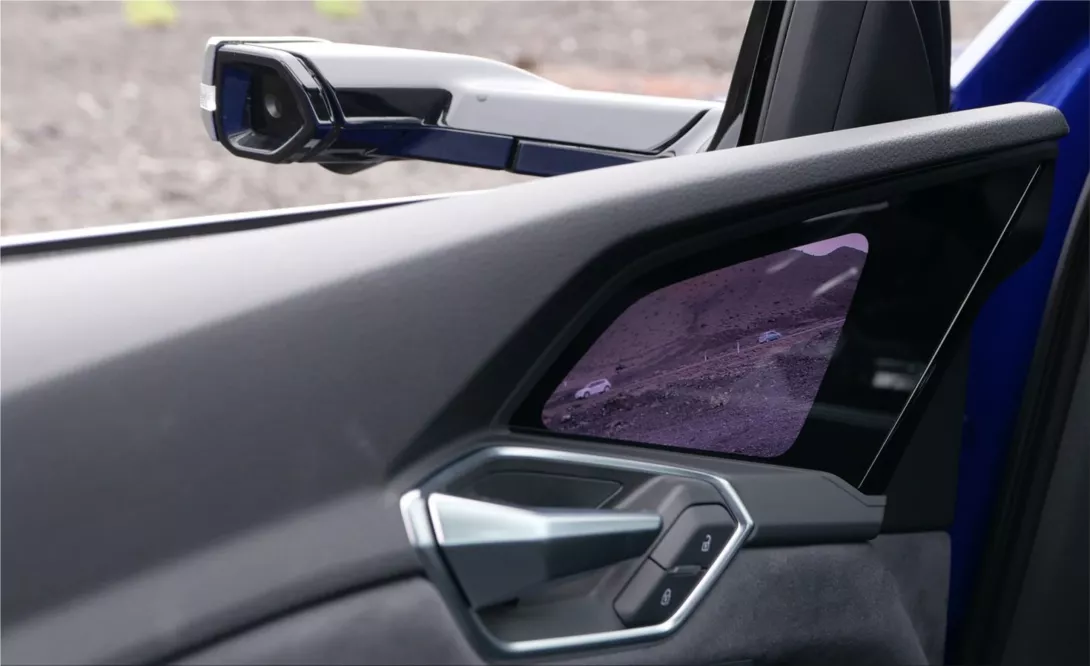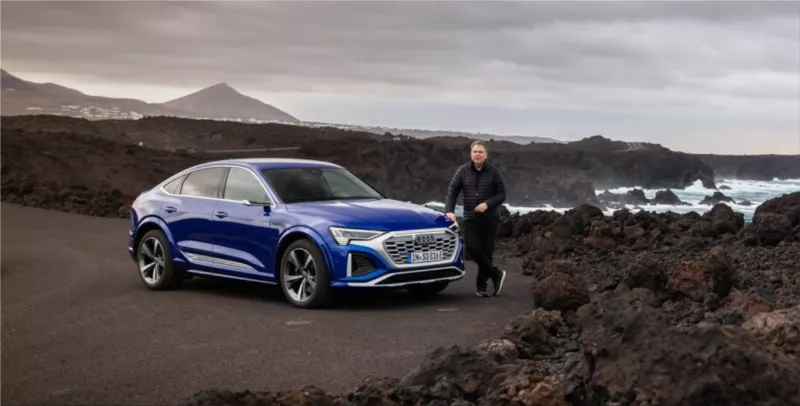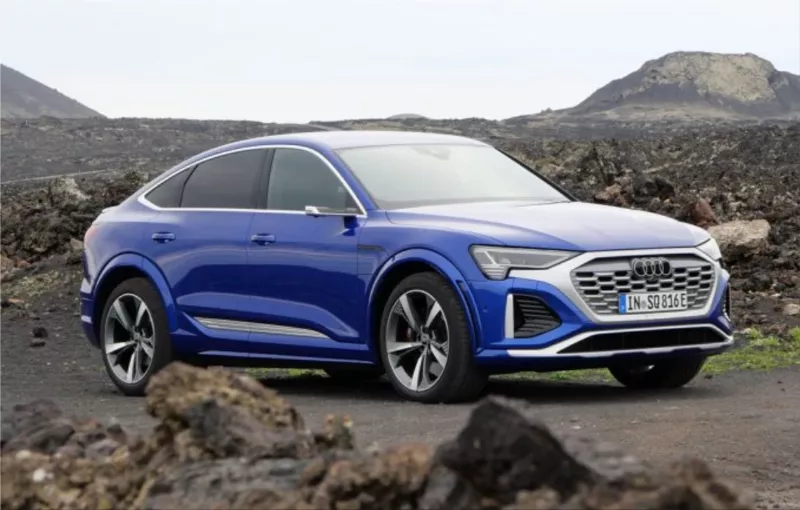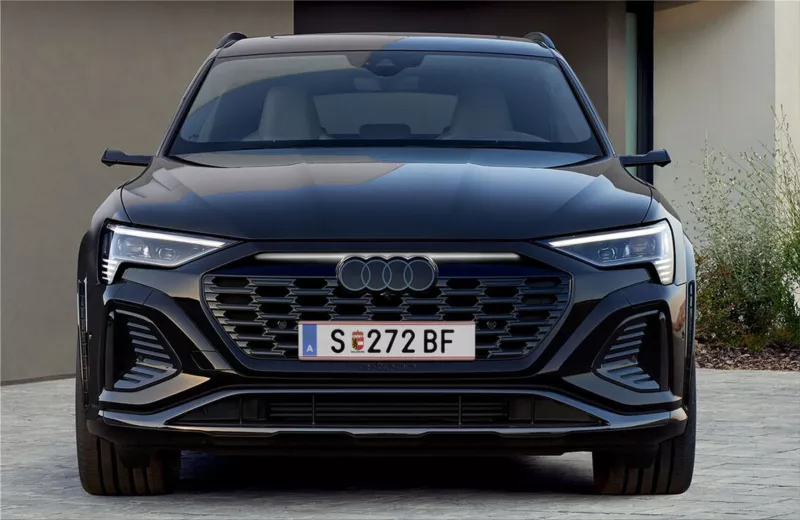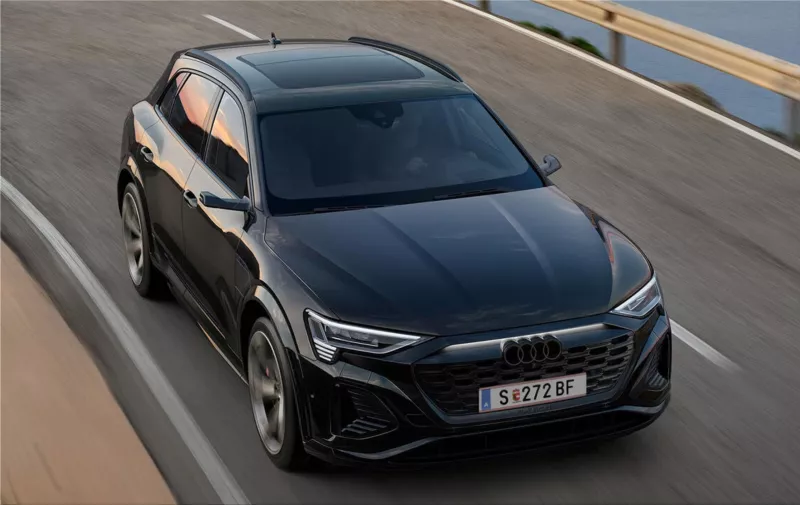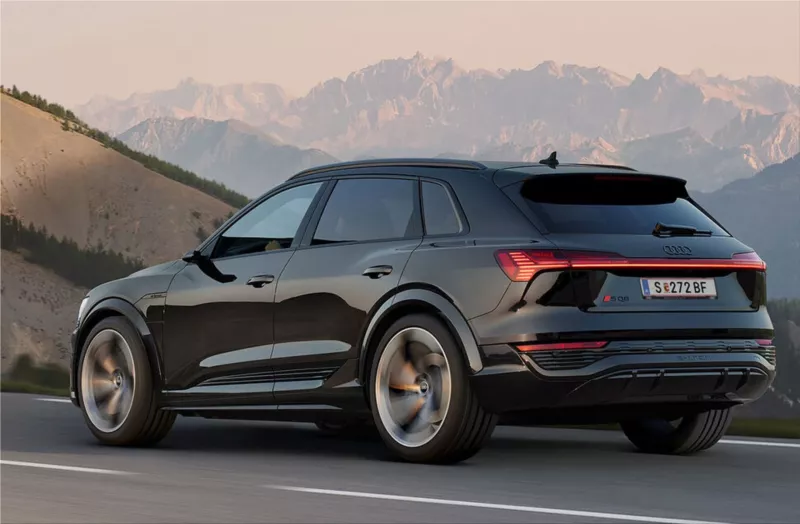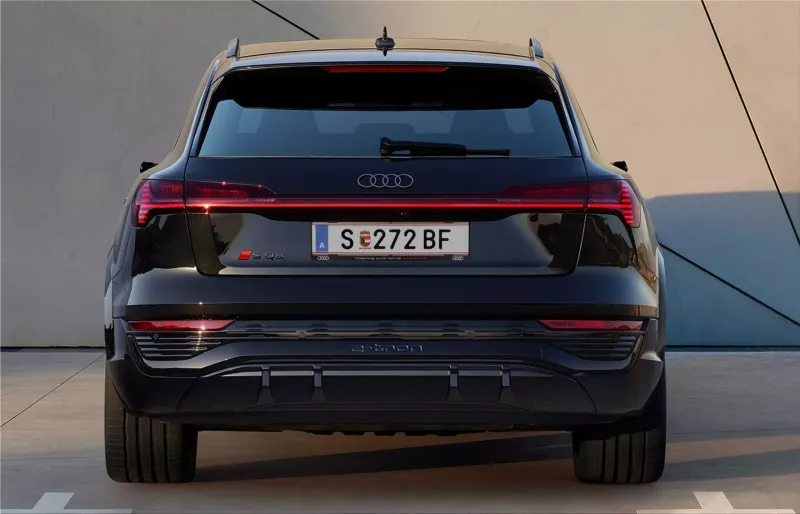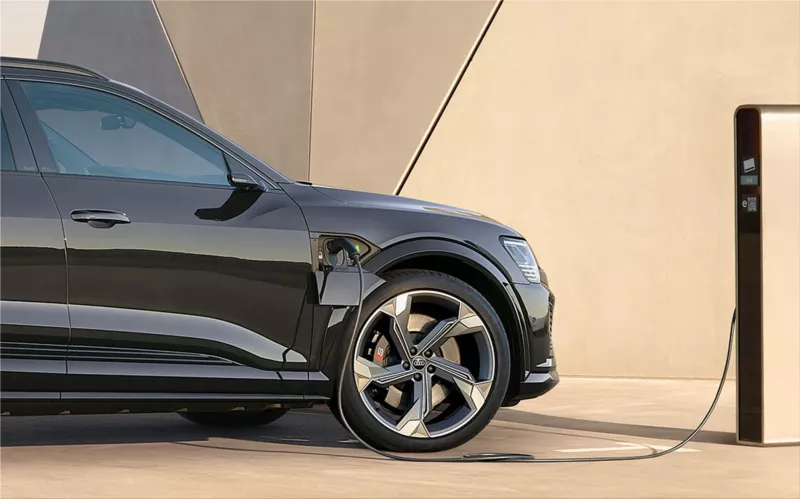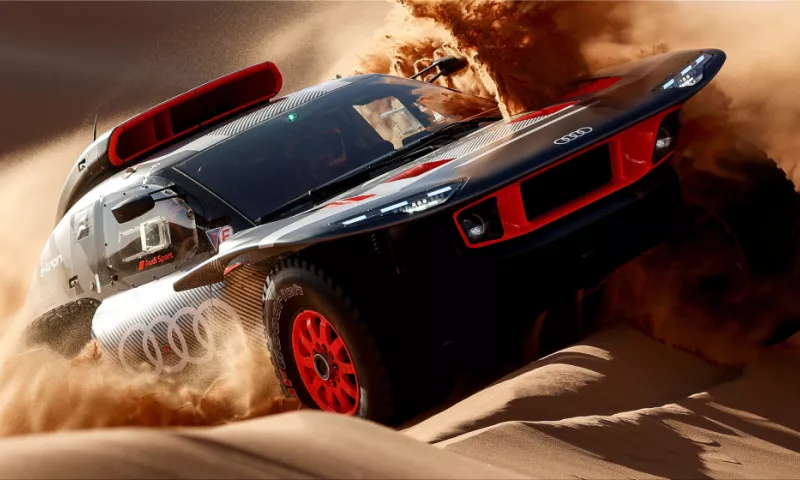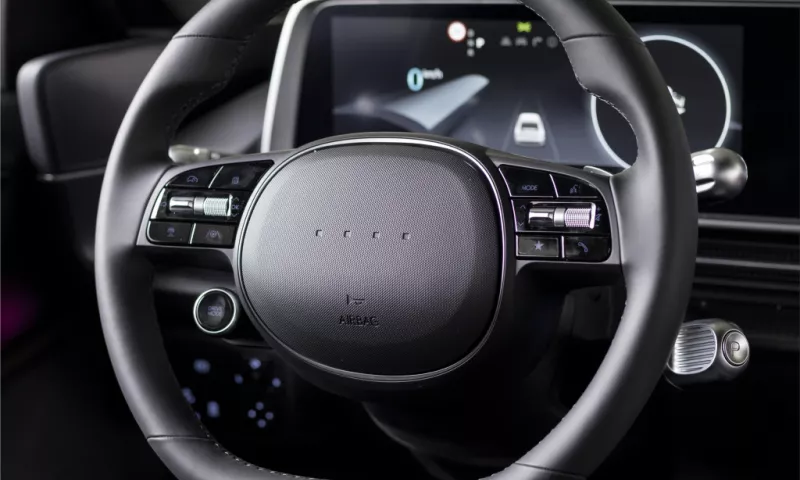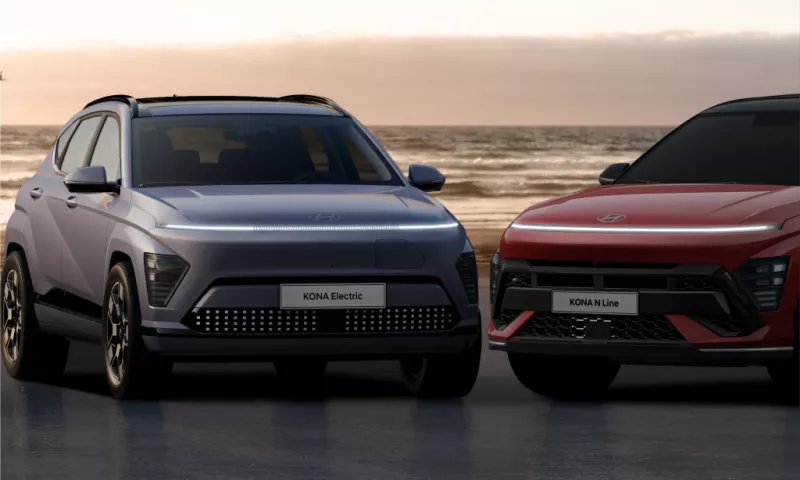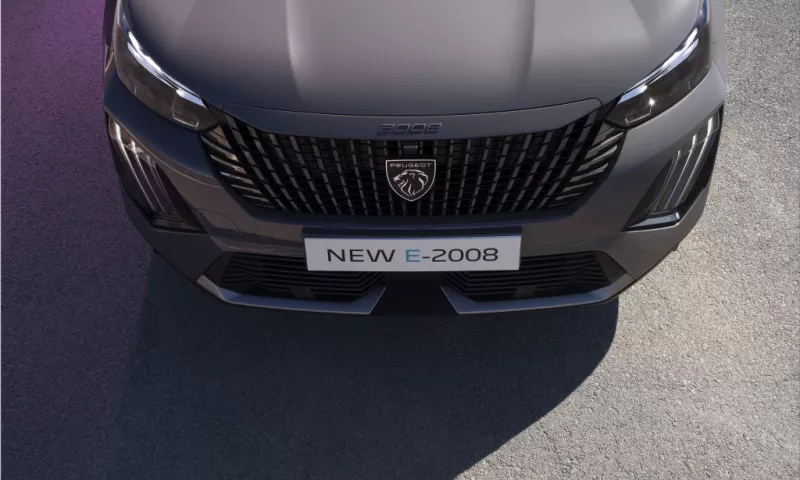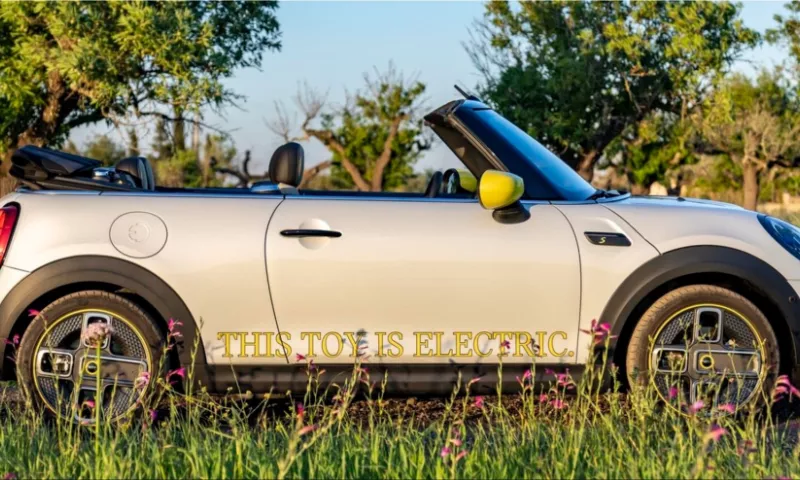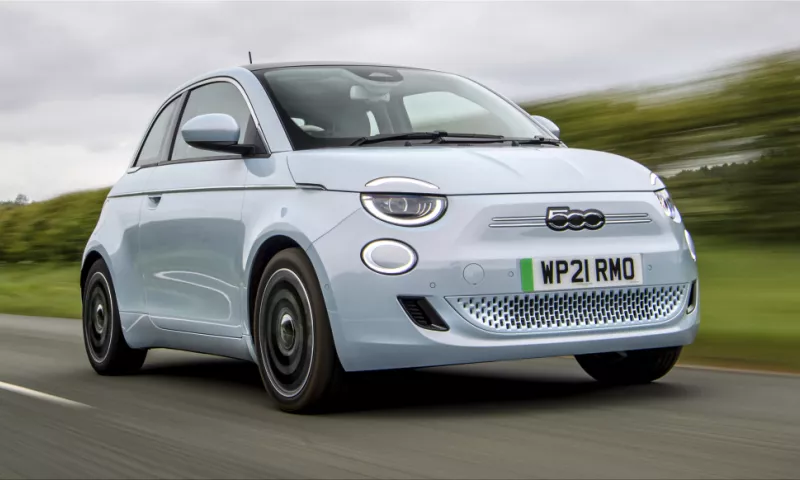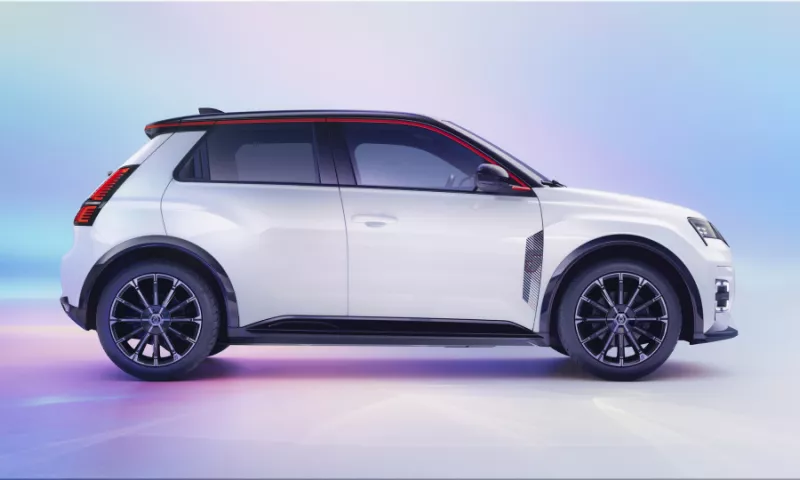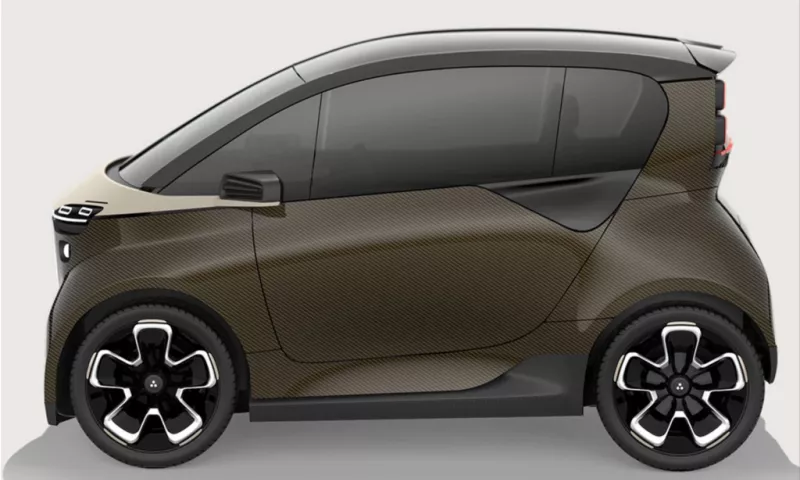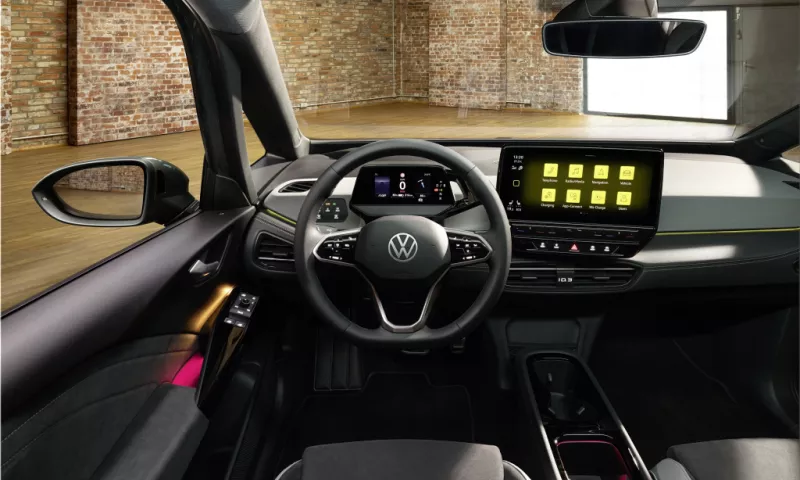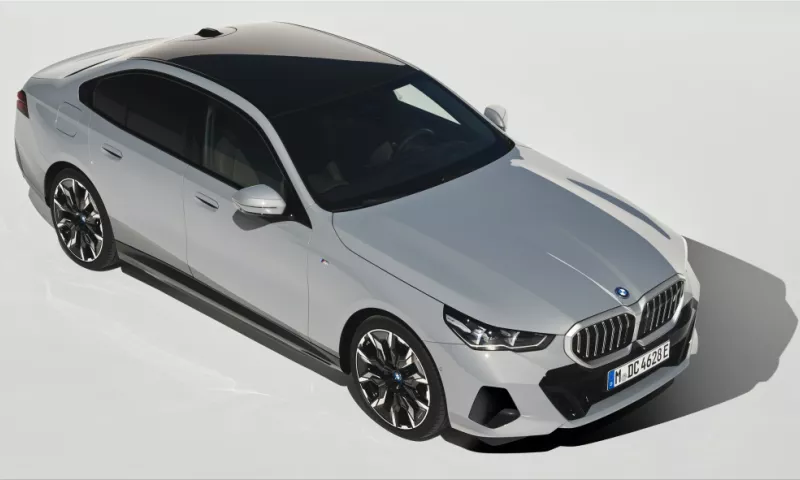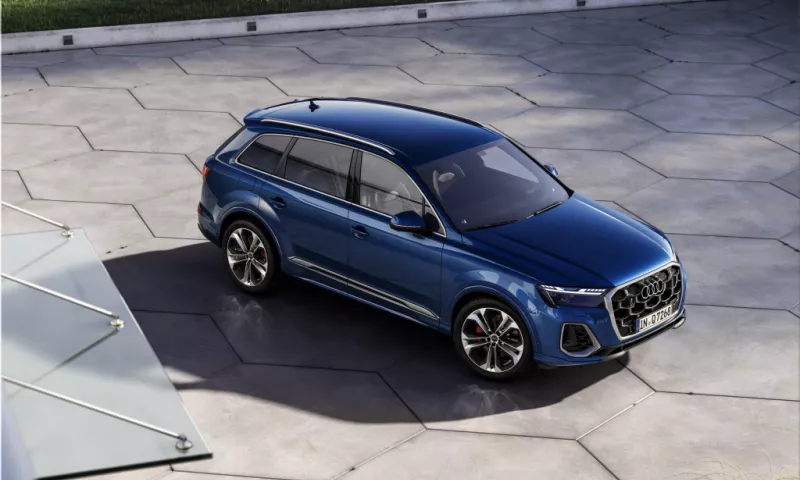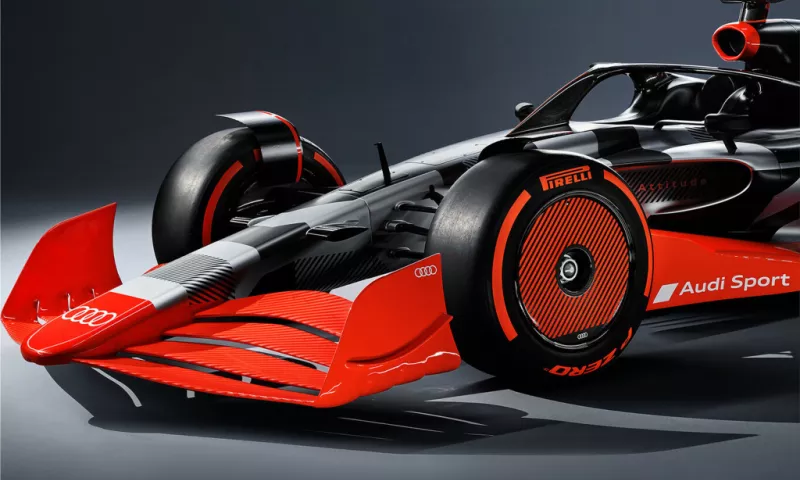Electric cars are cool. I've been using them every day for over five years with increasing enjoyment due to the great dynamics of their drive and the nearly silent, very calm locomotion they provide. But I will not buy one, regardless of the manufacturer or price range. Because the developments in enhancing and refining automobiles and driving technology are so significant that I would rapidly regret a purchase, the next model generation is already making significant strides forward.
For example, the Audi e-tron, now known as the Audi Q8 e-tron, bears little resemblance to the vehicle I drove four years ago. Audi experts tackled and finely refined the motor, battery, energy management, chassis and steering, and even the body as part of a significant model overhaul. As a result, the e-tron now runs much better but travels much further than it did four years ago, and it charges the power much faster. Buyers of the original generation Audi e-tron can only console themselves with one argument: they received their premium electric vehicle for a far lower price.
But one after the other. We chose an SQ8 55 e-tron Sportback for our initial test drive. This is the most powerful variant, with a hatchback and three electric motors: two on the rear axle with 98 kW of peak power each and one at the front with 124 kW. According to the previous counting method, this equates to a drive power of 370 kW, or 503 hp. The drive train is powered by a battery, which can currently store 114 kWh of gross electricity, of which 106 kWh are usable for driving. In terms of power supply, that's a lot more than before: more than 86 kWh weren't previously possible. On the one hand, the rise was obtained by adopting new cell chemistry: Audi currently uses lithium, nickel, cobalt, and manganese (LNCM) batteries instead of NCM batteries.

